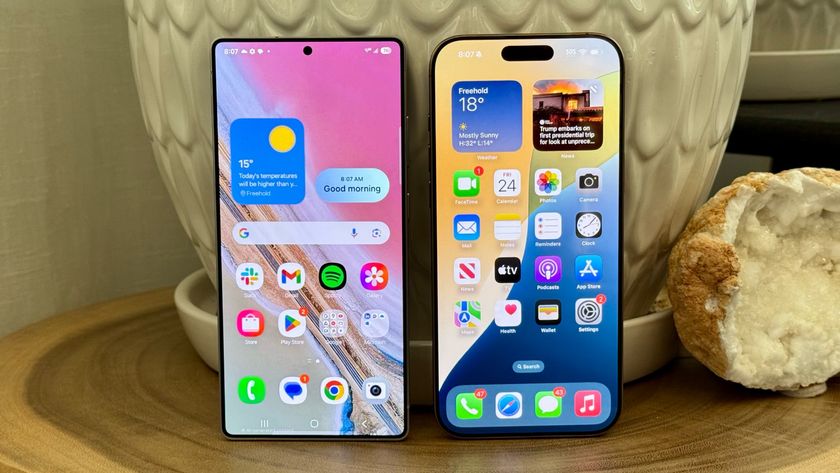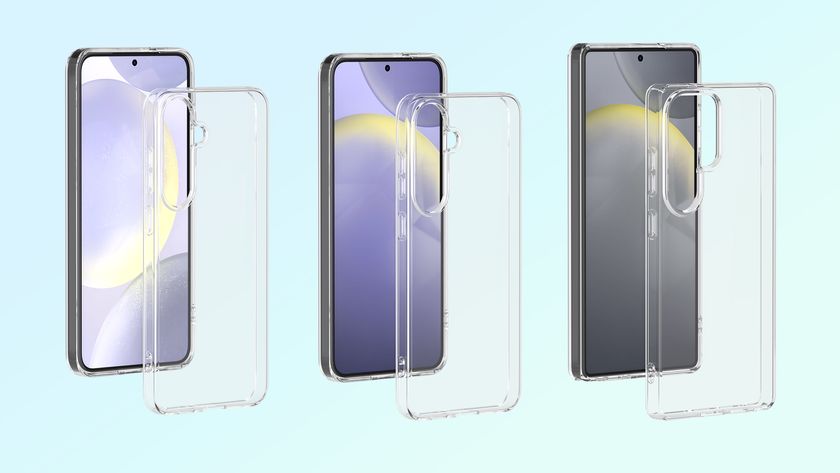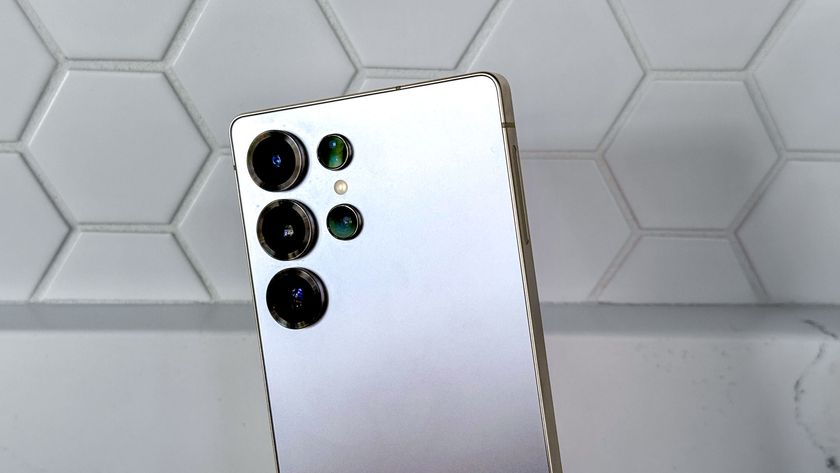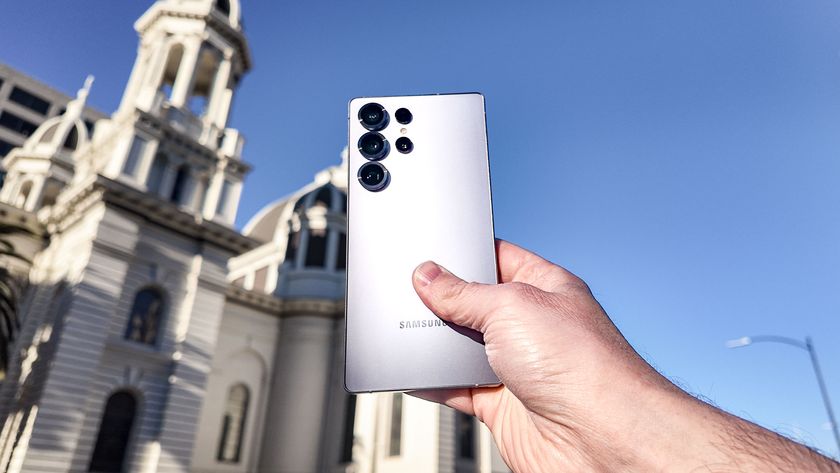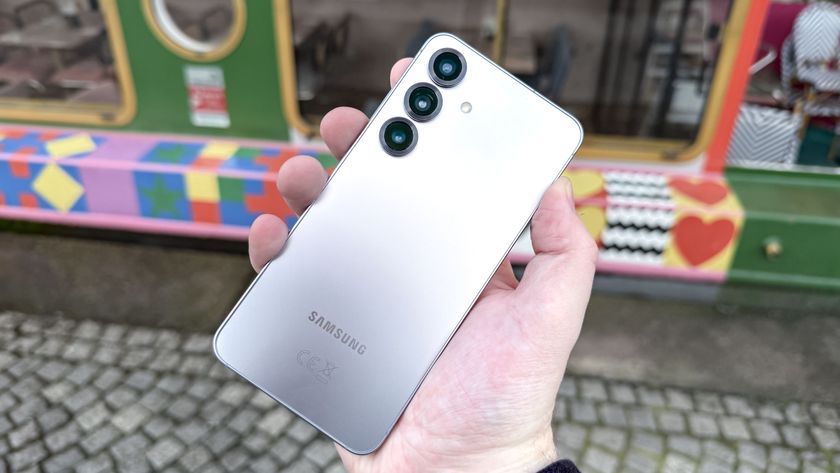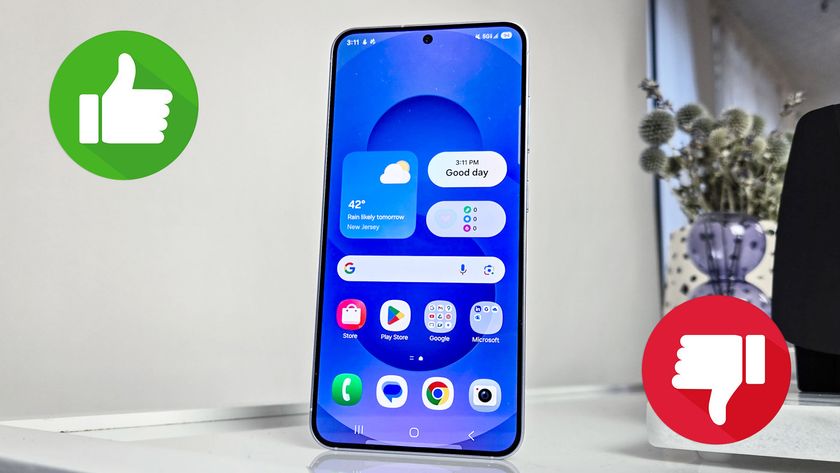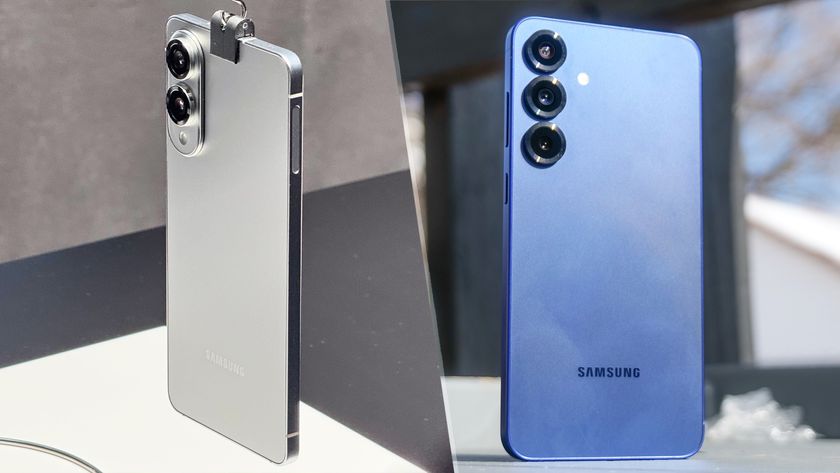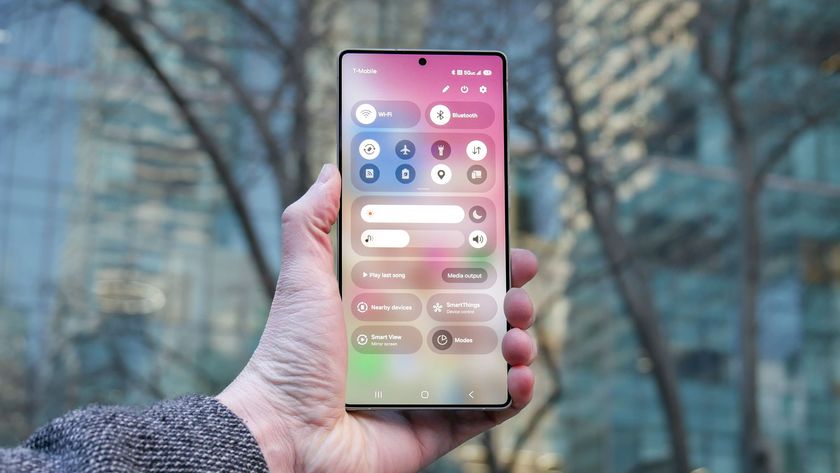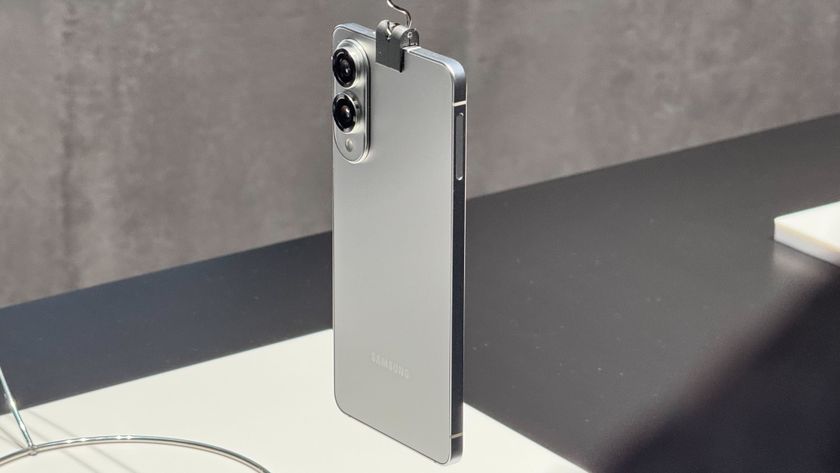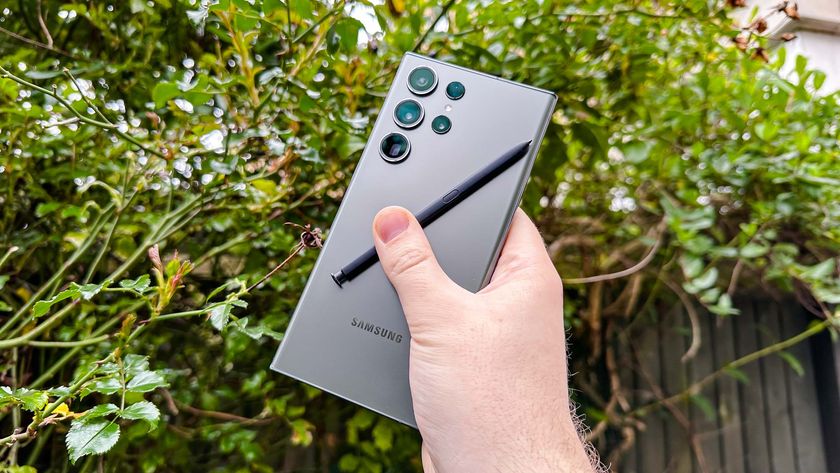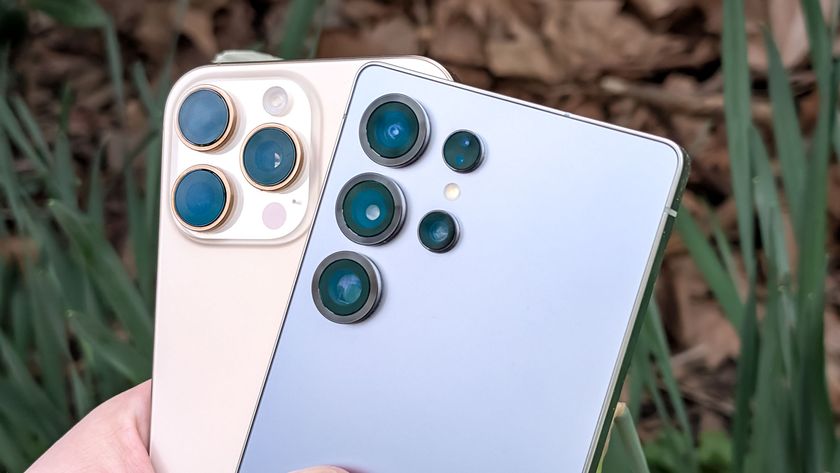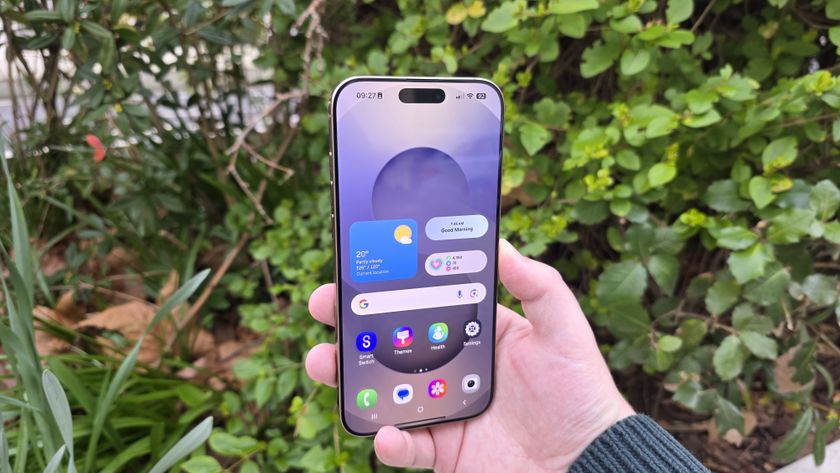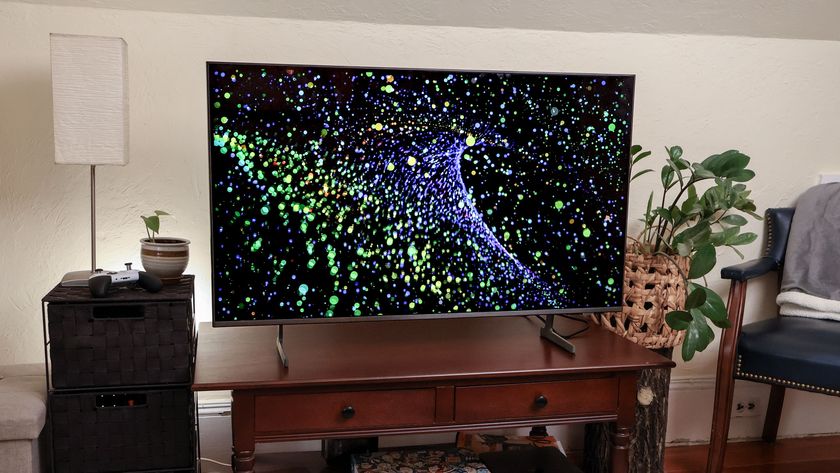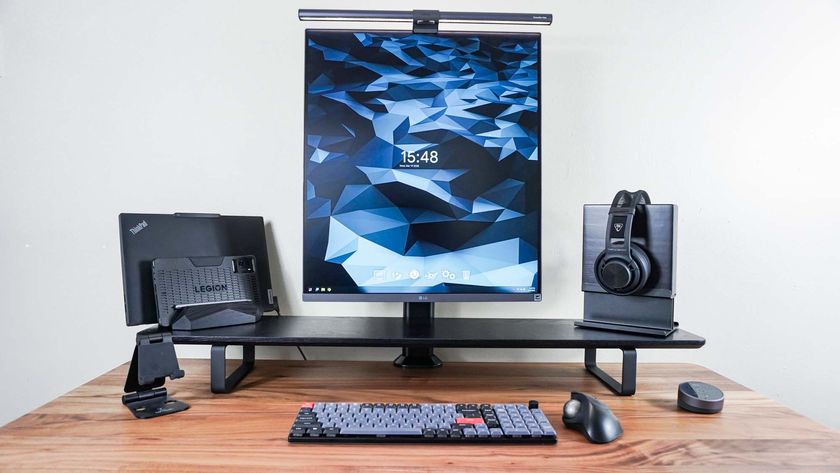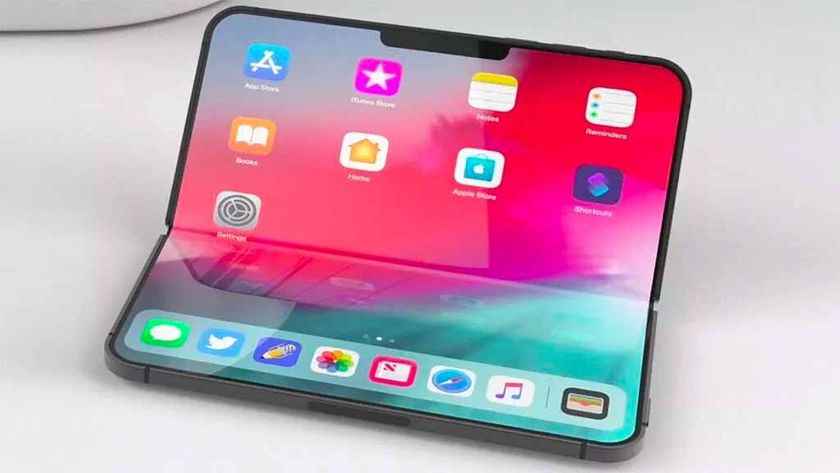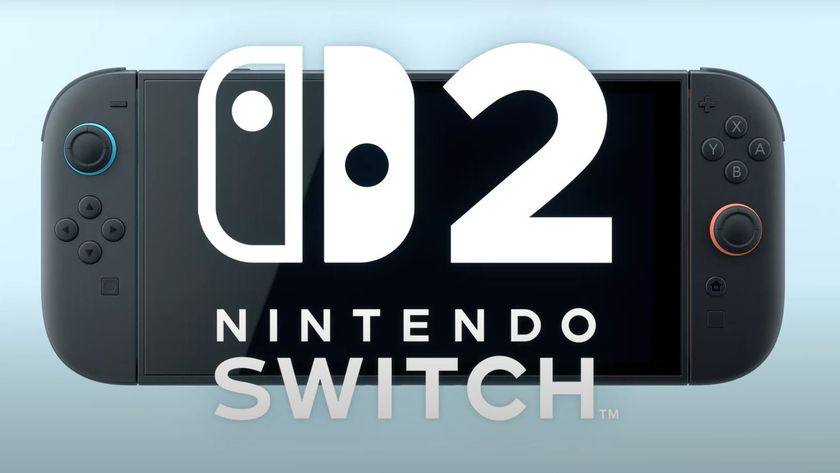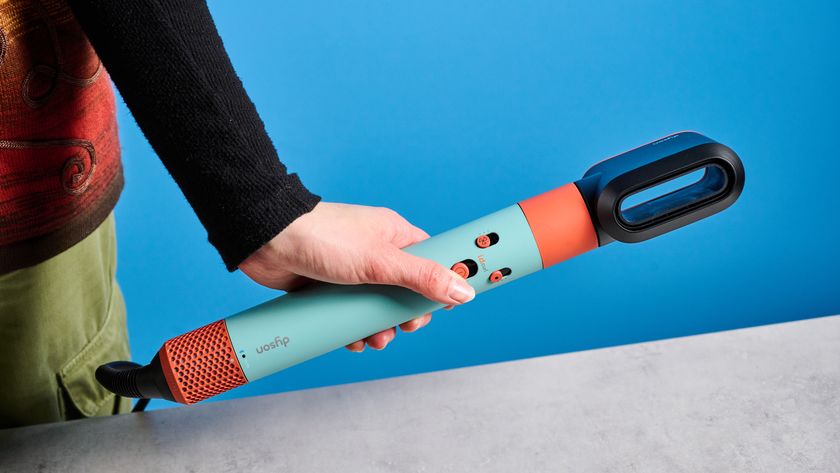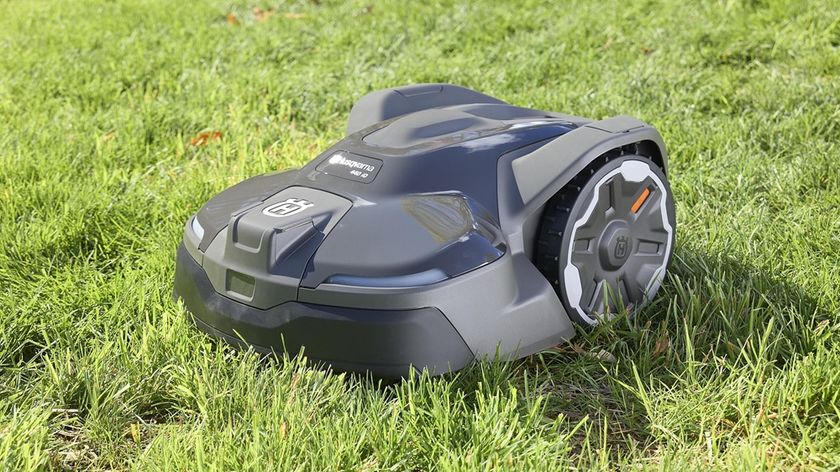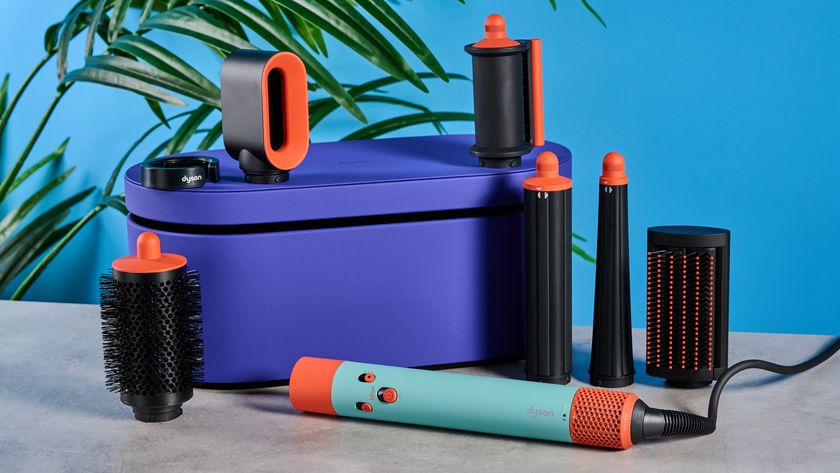I'm testing the Galaxy S23 — and the display blows everything else away
Looking for a reason to get the Galaxy S23? It's the display
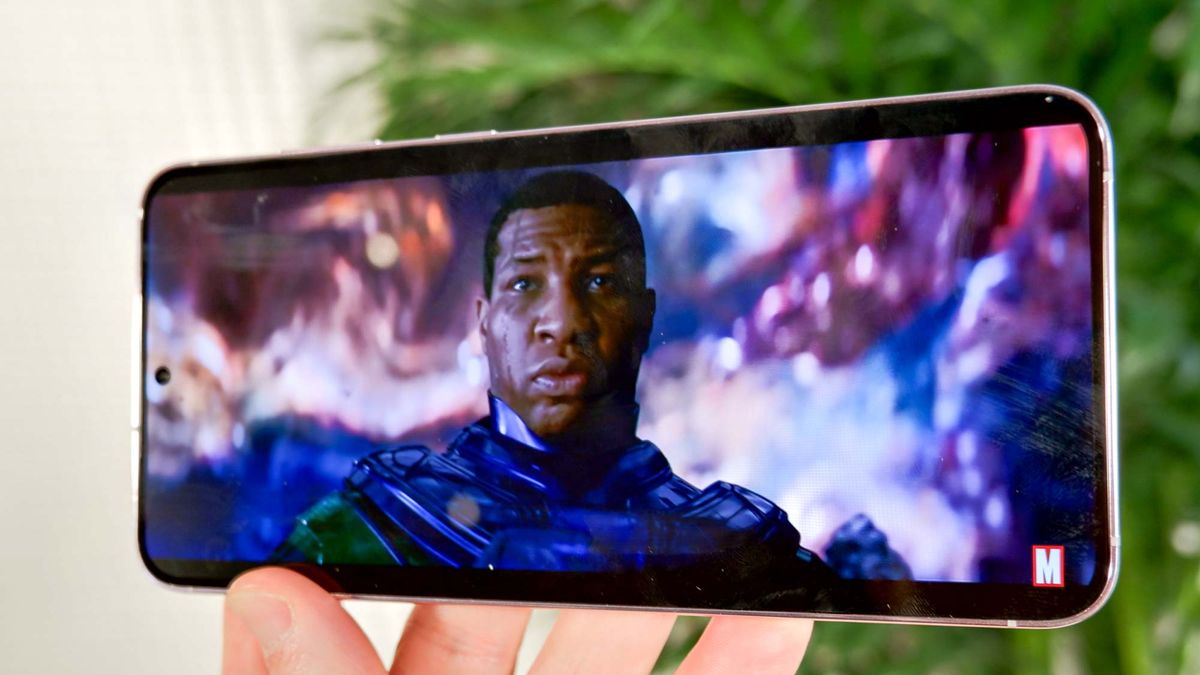
When I got my hands on Samsung's latest flagship phone, it didn't take me long to figure out which feature was going to get singled out for praise in my Galaxy S23 review. The minute you fire up the phone, you see what a difference the Galaxy S23's brighter display makes when it comes to getting the most out of the phone.
To be sure, display improvements aren't the only positive thing about the Galaxy S23 nor are they the most significant change Samsung has made. That honor goes to the Snapdragon 8 Gen 2 for Galaxy silicon that powers the device. Not only does Qualcomm's customized chipset help Samsung's phones close the performance gap with the iPhone 14 series, but it manages power more efficiently, too. As a result, the Galaxy S23 dramatically improves on the blah battery life of the Galaxy S22.
These are all good things, mind you. Yet, none of them made me cackle with glee the way the bright 6.1-inch panel of the Galaxy S23 did.
| Samsung Galaxy S23 | Pixel 7 | iPhone 14 | |
| Display size | 6.1-inch AMOLED | 6.3-inch OLED | 6.1-inch OLED |
| sRGB (%) | 212.1% (Vivid); 128.6% (Natural) | 109.3% | 117.4% |
| DCI-P3 (%) | 150.2% (Vivid); 91.1% (Natural) | 79.4% | 83.1% |
| Delta-E | 0.34 (Vivid); 0.24 (Natural) | 0.28 | 0.25 |
| Peak brightness | 1,158 nits | 926 nits | 757 nits |
How Samsung improved the Galaxy S23 display
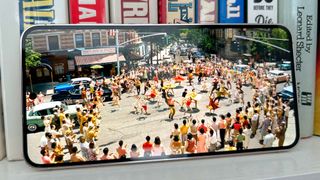
The funny thing is, the Galaxy S22 screen was one of the stronger features of last year's phone. Toward the end of 2022, I put together a display face-off pitting Samsung's then current flagship against the iPhone 14 and Pixel 7. The Galaxy S22 took home the prize, thanks in large part to how bright it was. This wasn't an area crying out for improvement.
Yet, improve it Samsung did. The Galaxy S23 offers a peak brightness of 1,750 nits, matching the Galaxy S23 Plus and Galaxy S23 Ultra. Last year's Galaxy S22 offered a maximum brightness of 1,300 nits.
While our light meter recorded a maximum of brightness of 1,158 nits with the full screen — about the same brightness we saw with the Galaxy S22 last year — when we the light meter on smaller areas of the display, we saw higher readings, with a peak of 1,340 nits. That's not quite the maximum brightness Samsung has talked about, but it's brighter than what we've seen with rival phones that cost around as much as the Galaxy S22 does.
The benefits of a brighter display
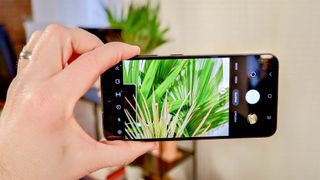
You can see the benefit of that bright display the moment you're outdoors on a cloudless day. As part of my Galaxy S23 testing, I was out shooting photographs over the weekend with Samsung's phone as well as rival devices to see how well the cameras compared. The photo face-off produced mixed results for the S23 — it topped the iPhone 14 and Pixel 7 with some shots and fell behind in others — but the difference in displays was apparent.
As I photographed the Oakland skyline to test out the phones' respective zoom capabilities, I was able to perfectly see the shot on the Galaxy S23 display, even though I only had the brightness slider set to 25% or so. In contrast, the Pixel 7's display — cranked up to make the most of the 926 nits of brightness we've recorded — was dim and hard to see in the harsh daylight.
The advantage of the brighter screen should be as clear as ... well, a super bright smartphone screen. I could see well enough to be sure I was getting a good, clean shot with the Galaxy S23 — with the Pixel 7, I felt like I was clicking and hoping that images turned out OK. It was also easier for me to see the camera controls on the Galaxy S23's screen so that I could switch modes or jump into settings if I needed to. That's invaluable when you're putting smartphones to use in daily tasks.
Galaxy S23: The test results back it up
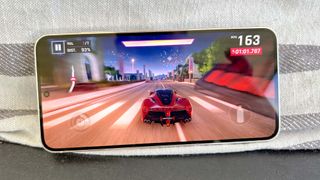
The Galaxy S23 display has other advantages, too, namely in its ability to display color. When set to its Natural mode, the S23's panel recreates 91.1% of the demanding DCI-P3 color spectrum, handily out-performing the Pixel 7 (79.4%) and iPhone 14 (83.1%).
The colors are more accurate, too, as the Galaxy S23 recorded a slightly better Delta-E rating than those two phones in Natural mode. (The Galaxy S23 also has a Vivid mode that further pumps up the colors, but color accuracy suffers in that setting.)
To put these numbers into context, you'll enjoy more colorful videos and games on the Galaxy S23 screen than you will on other flagship phones in its price range. I certainly got a kick out of watching movie trailers on YouTube and playing graphically intense games like Asphalt 9 with Samsung's new phone.
To be sure, there are other reasons beyond just the display to buy and skip the Galaxy S23. And there are some areas where Samsung's phone comes up short against the competition, such as its front camera and its pedestrian charging speed.
But if you've looked at the Galaxy S23 features and concluded that there's no real improvements over what's come before, I'd suggest you rethink that point of view — or at least take a long look at the Galaxy S23 display. I'm going to guess you'll wind up liking what you see.
Sign up to get the BEST of Tom's Guide direct to your inbox.
Get instant access to breaking news, the hottest reviews, great deals and helpful tips.
Philip Michaels is a Managing Editor at Tom's Guide. He's been covering personal technology since 1999 and was in the building when Steve Jobs showed off the iPhone for the first time. He's been evaluating smartphones since that first iPhone debuted in 2007, and he's been following phone carriers and smartphone plans since 2015. He has strong opinions about Apple, the Oakland Athletics, old movies and proper butchery techniques. Follow him at @PhilipMichaels.
